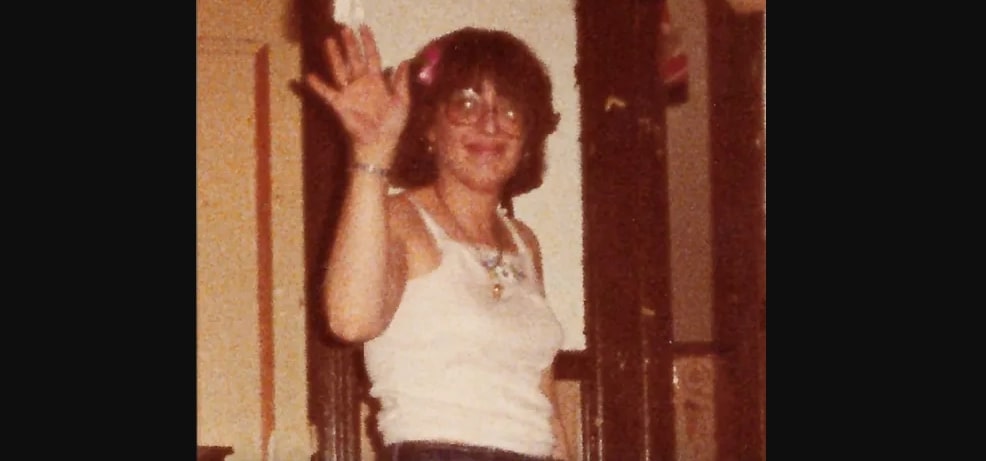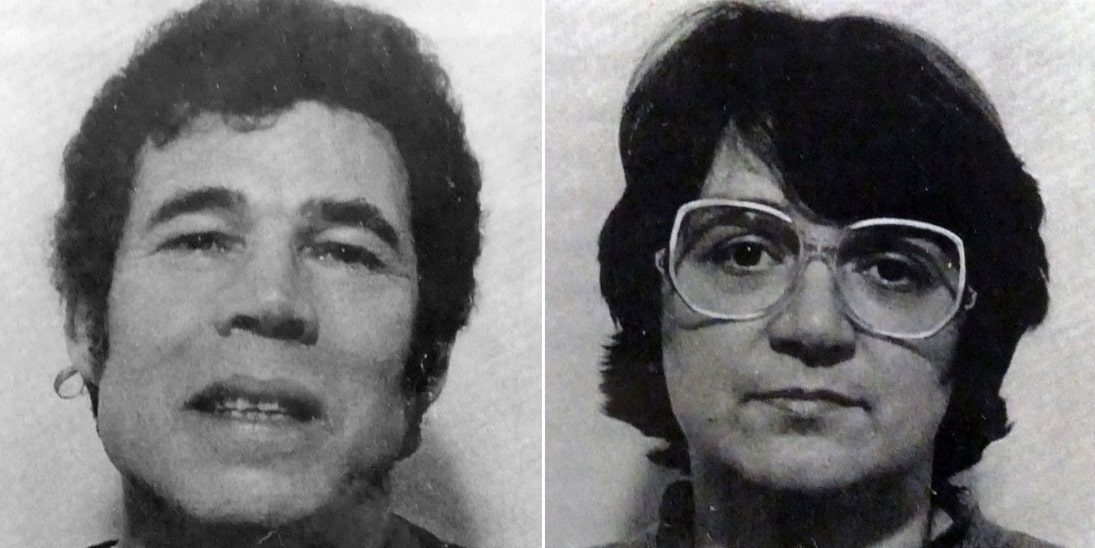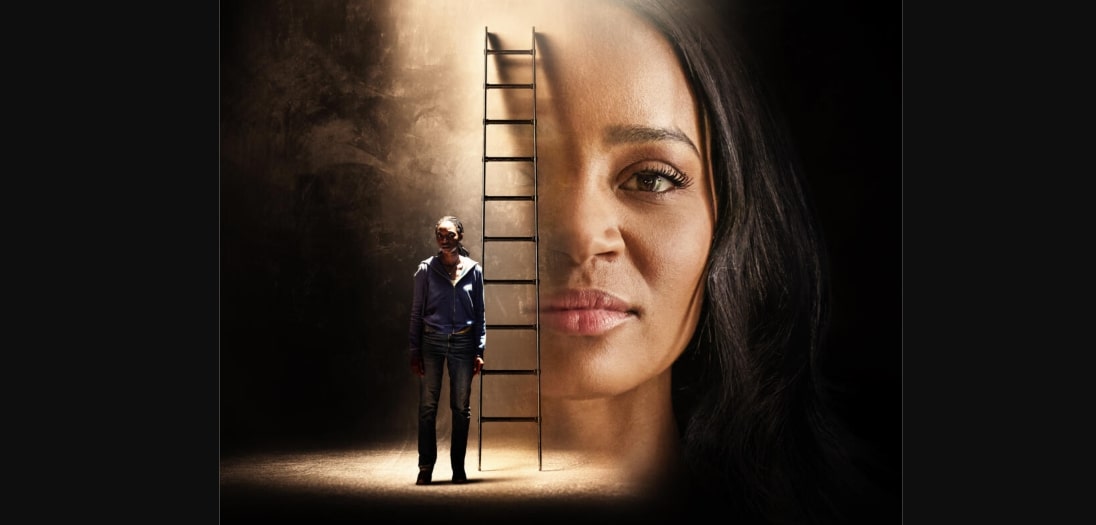Lifetime’s ‘Girl in the Cellar’ tells the unsettling story of Lory, a young woman whose increasingly secretive behavior alarms her mother, Rebecca. Convinced that Lory is making poor choices, especially upon discovering she has been hiding a boyfriend, Rebecca decides to take drastic action. Believing she is protecting her daughter, she locks Lory in their basement cellar—a place with dark family history, as Rebecca herself was once confined there by her father. As days pass, Lory’s sudden disappearance begins to raise suspicion among neighbors, who notice Rebecca’s odd behavior and start probing deeper. Directed by Robert Adetuyi, the film explores themes of generational trauma, the cycle of abuse, and the devastating consequences of control masked as care.
Girl in the Cellar is a Reflection of the True Nature of Abuse at the Hands of Parents
For ‘Girl in the Cellar,’ writer Eva Gonzalez Szigriszt drew inspiration not from any single incident, but rather from the many documented cases of parental betrayal and harm. She synthesizes the patterns and truths of countless stories into a story that reflects broader societal issues and makes the film a reflective piece on the heinous crimes that are reported too often. Child abuse, especially when it comes from a child’s own parents, is tragically common. According to reports, a striking 89% of child maltreatment victims are reportedly harmed by one or both parents. This figure underlines how pervasive abuse can be, even in supposedly safe environments.

Cases of mothers subjecting their own children to mistreatment, abuse, or captivity are among the most disturbing instances of familial violence. While maternal abuse often goes unnoticed due to societal perceptions of mothers as nurturers, history reveals several instances where mothers have inflicted severe harm on their children. The case of Marie Moore from Paterson, New Jersey, serves as a relevant example. Between 1981 and 1983, Marie manipulated and terrorized multiple minors in her household, including her own daughter, Tammy. She coerced 13-year-old Ricky Flores into enforcing brutal punishments on the other children. The abuse culminated in the death of 12-year-old Theresa Feury, whose remains were later found hidden in the home’s walls. Marie was convicted of kidnapping and assault and sentenced to 135 years in prison.
The Movie Helps Build an Understanding of the Patterns of Abuse and Neglect
Another example of parental abuse that remains the main theme of ‘Girl in the Cellar’ is that of Fred and Rose West, whose crimes in the UK shocked the world. Between 1971 and 1987, the couple turned their home at 25 Cromwell Street in Gloucester into a site of unimaginable abuse and violence. While Fred was often seen as the main perpetrator, Rose West played an equally, if not more, sadistic role. She subjected their children and young lodgers to repeated sexual, physical, and psychological abuse. Several of their victims, including their daughter Heather West, were killed and buried on the property. Rose’s active involvement demonstrated how a parent, traditionally a figure of protection, could become a source of terror.

The aforementioned case underscores the reality that familial homes can sometimes become prisons, stripping children of safety and trust. In a similar vein, the Lifetime film draws striking parallels to real-life cases, which is made even more realistic by the reasoning Rebecca employs. She says that her actions stem from protecting her daughter. Abusers often cloak their actions in the guise of concern, presenting control as protection. They manipulate the natural instinct to care for children and present love as a tool of dominance. By framing their abuse as safeguarding, they justify the unjustifiable, and similar patterns have been seen in real-life cases as well. Such a tactic not only traps the child physically but also warps their understanding of love and safety.
Read More: Is Netflix’s Abandoned Man Based on a True Story?


